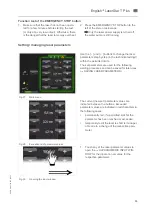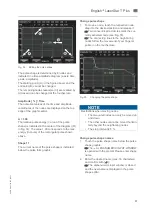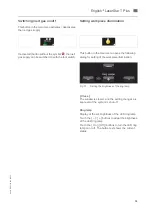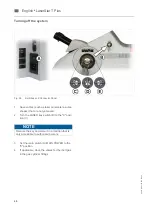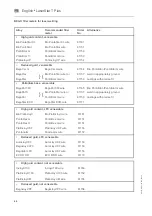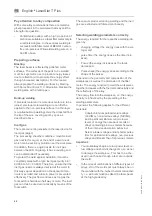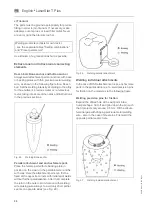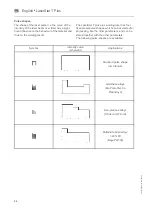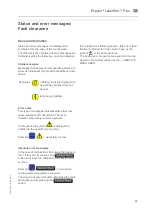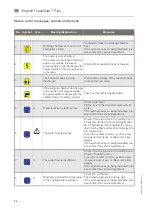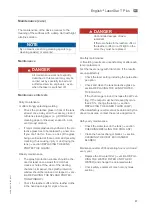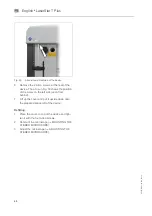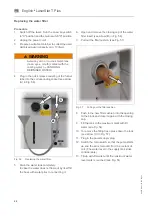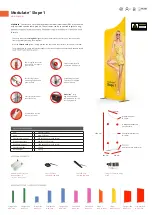
47
860
76
D
B
-en/
03
35
5.0
00
32
English
⋅
en
Fix ("bond") on the model
Since the laser weld must be executed on all sides
with few exceptions and, moreover, the filler metal
wire is fed manually, first the workpieces to be joined
have to be tacked together with prepared welds in
the correct position such that they can be removed
for completion without stress.
Tacking can be carried out without filler metal by
means of several welding pulses on sections that
are not more than approx. 0.5 mm apart (if
necessary, the workpieces must be built up to this
distance). However, in most cases filler metal
should then be added before raising to maintain
adequate stability. If the gap is large, an interdental
contact point has to be welded on or a suitably large,
appropriately ground piece of alloy must be tacked
in with filler metal, prepared on both sides with a
single-V or double-V butt joint.
Notes:
•
To protect the model, place a thin silver foil
under the welding point. It reflects the radiation
and prevents sulphur vapours that form during
the decomposition of plaster.
•
When the seam is filled, the fitting accuracy
should be checked from time to time by putting
the piece back on the model.
Avoiding stress
When the seam is filled with filler metal, the
workpiece is heated locally, which is inevitably
connected with stress. (For example, a rod can be
bent by bombarding it on one side with laser energy
because of only a few spot welds. Proficient dental
technicians can "appropriately shoot" "swinging
bridges" with targeted laser spot welds as long as
the deformation remains limited and runs vertically.)
To minimize stress, the parts must be held firmly in
their position even during tacking.
Furthermore, both setting the spots for tacking and
welding in filler metal must be carried out alternately
so points on opposite sides can always be welded
alternately.

